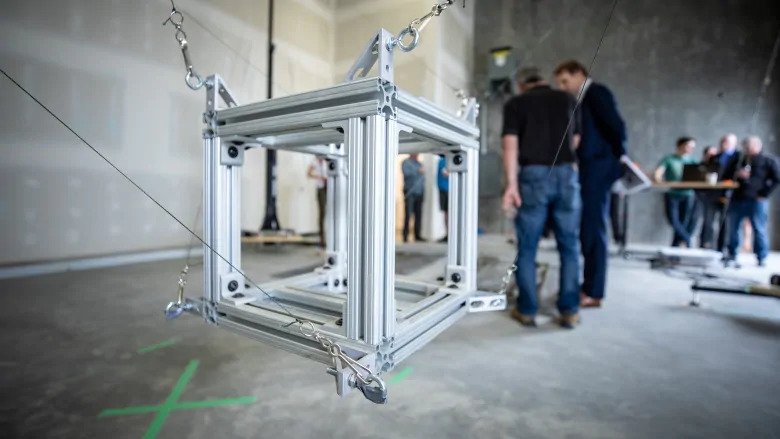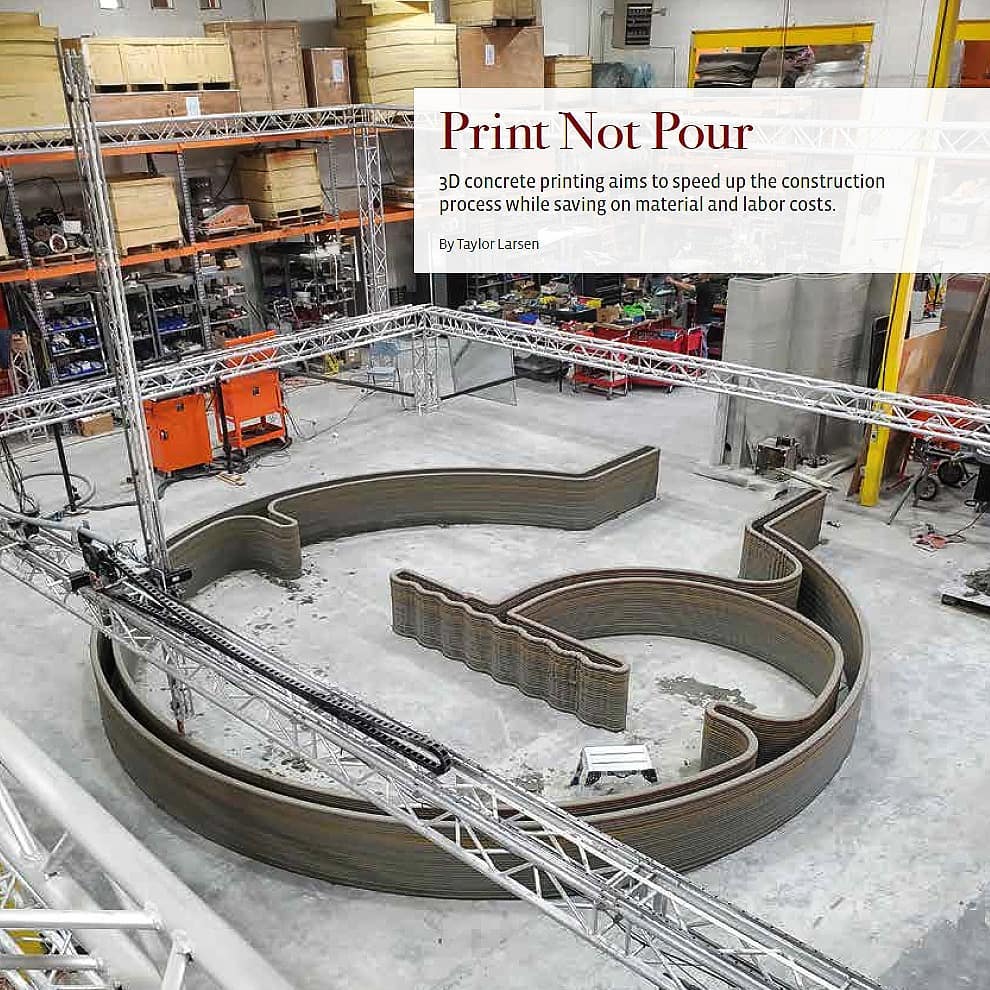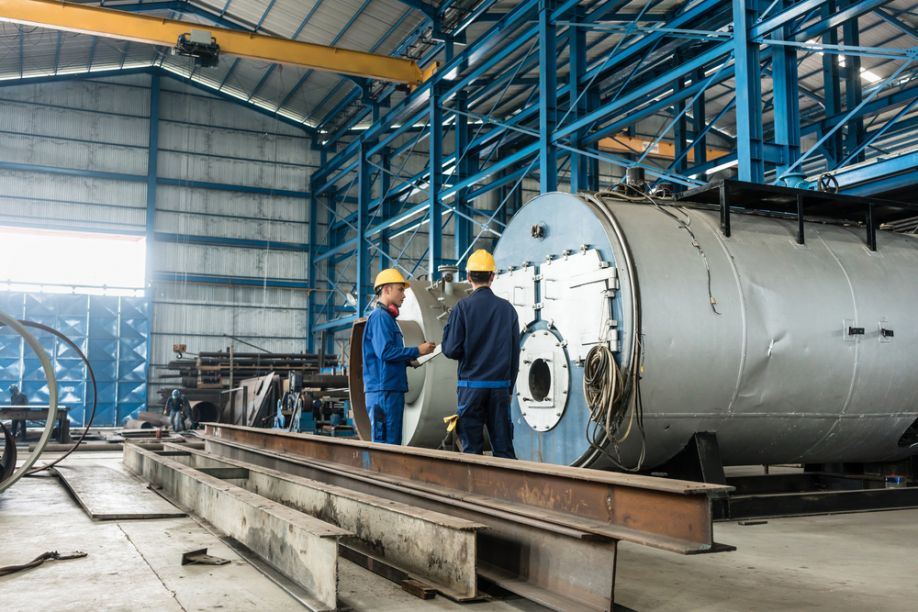

Imagine standing with your architect and building contractor on a building lot on a Monday morning as they begin construction of your 1,500-square-foot, single-story home. You leave just as the three-man crew goes to work turning on a machine.
Three days later, when you return, you’re staring at several walls of your home in the exterior you chose, built with a 3D printing process.
Plumbing, electrical work and other infrastructure have yet to be installed, along with windows, doors and cabinets. The roof and interior features such as the hot water heater, furnace, bathroom and some appliances will come later.
With 3D printing, what used to take two months – forming, framing, stucco, exterior siding finish work – only takes about 72 hours and the cost is about a third of a typical framed house of similar size. The entire house can be completed in about 60 days.
Yavapai College (YC) is making this possible through the innovative construction technology program offered through its School of Career and Technical Education and two massive 3D printers.
“We think this is a really forward-looking college program,” said YC President Lisa Rhine, Ph.D. “At this time, we’ll be the only community college in the nation to offer it.”
The two 3D printers were purchased from MudBots, an innovative construction industry firm in Midvale, Utah. The combined cost for the two technological wonders was about $400,000. Those dollars came from special state funding intended to support technical training programs.
The smaller printer will be able to print houses of up to 900 square feet and will be used primarily for training purposes, whereas the larger printer is capable of printing homes of up to 2,000 square feet.
Few Limitations
John Morgan, dean of the academic division where the program is based, said the 3D printers are restricted in their construction capability only by software and mechanical engineering limitations. Construction plans are programmed and loaded into sophisticated computers that instruct the MudBots printers what to do to create the shape, size and dimensions of the project.
MudBots CEO James Lyman uses specialized mortar to construct a range of projects, from small storerooms and warehouses to full-size houses and duplexes, from monuments and statues to fountains and fences.
“We have learned a lot from having visited in depth with MudBots,” said Morgan.
The printers operate from a portable gantry system – an overhead frame structure on which the 3D printers are supported. They move along a track and print the predetermined product. The operation takes only three people to run.
The YC training program will begin with a small shed. Morgan plans to construct the first 3D printer home on the YC Chino Valley campus. He expects the cost to be 40% less than a conventionally-built house.
“We are not building houses for the general public,” said Morgan. “That’s a conflict of interest. We will train employees for companies that are going to partner with us. We’re in discussions with several now.”
To take a look at the 3D cement printing process, visit mudbots.com/concrete-printing-videos.php. FBN
By Ray Newton, FBN
About the Author
This article is written by FBN
Read the original post here.


